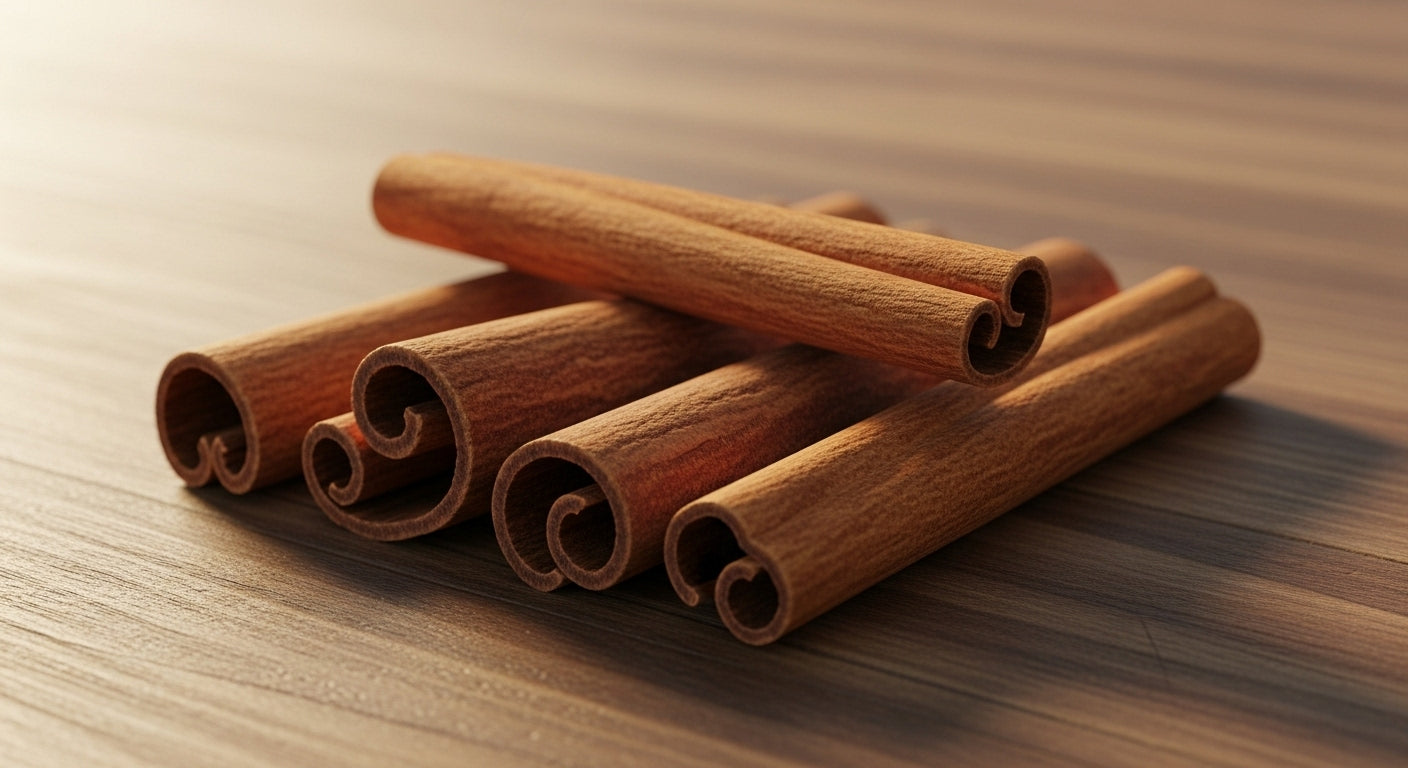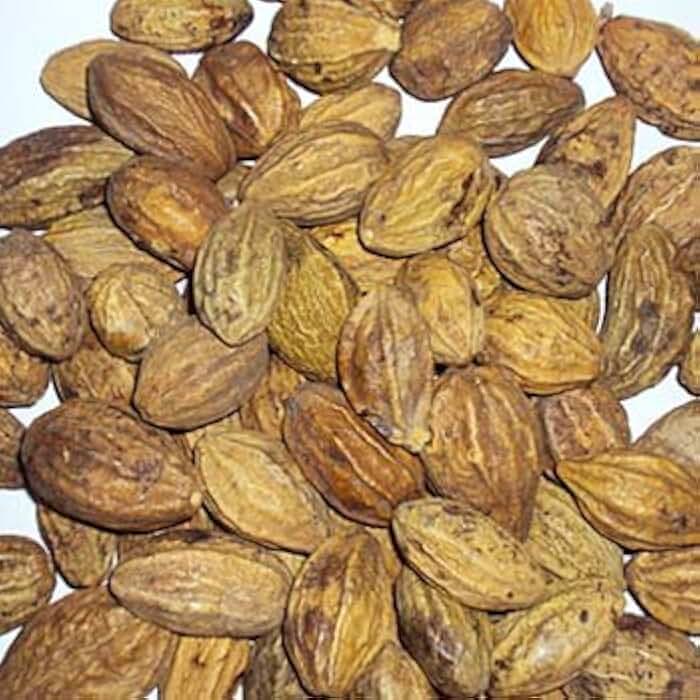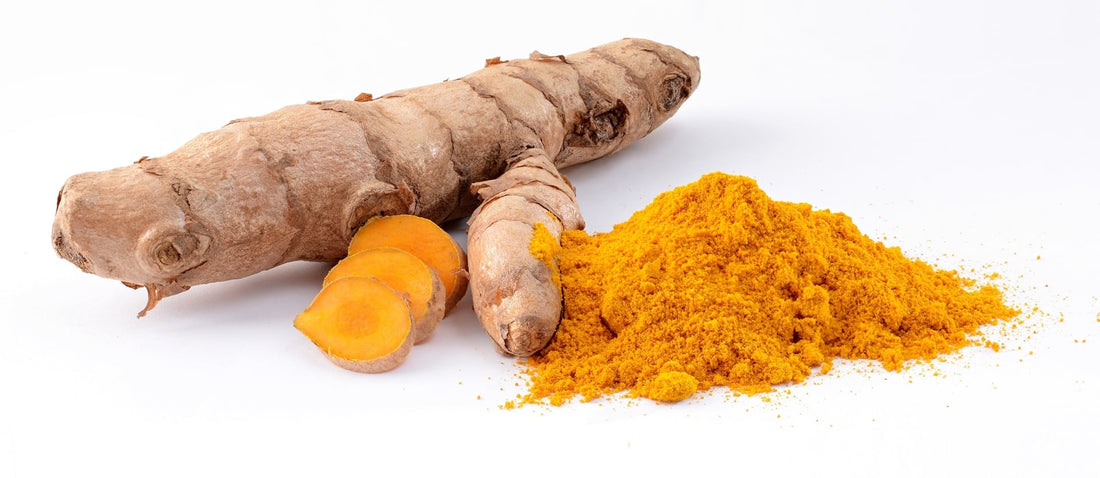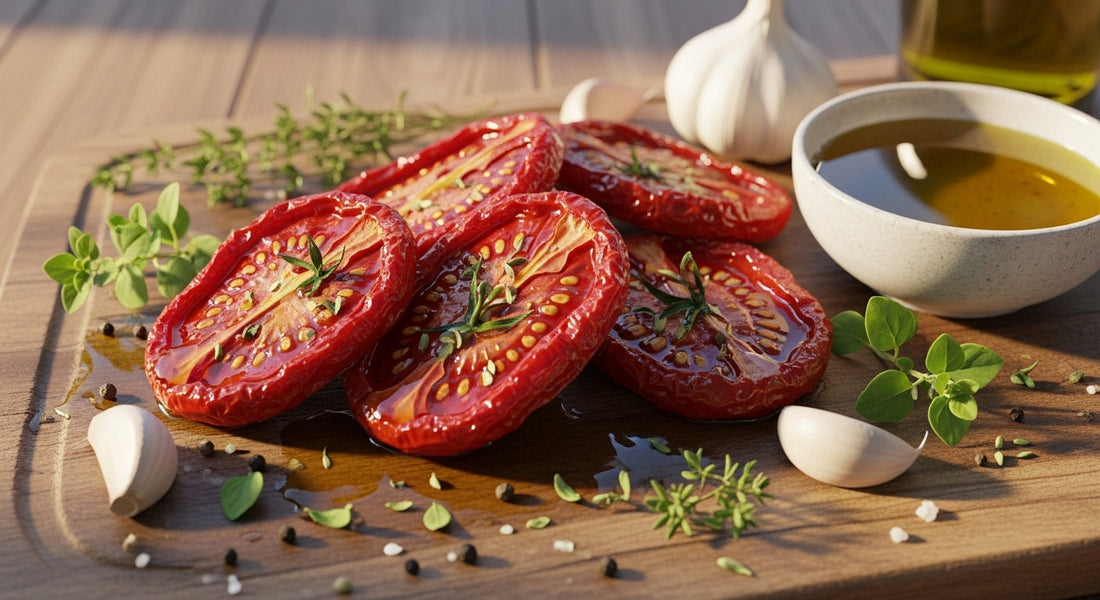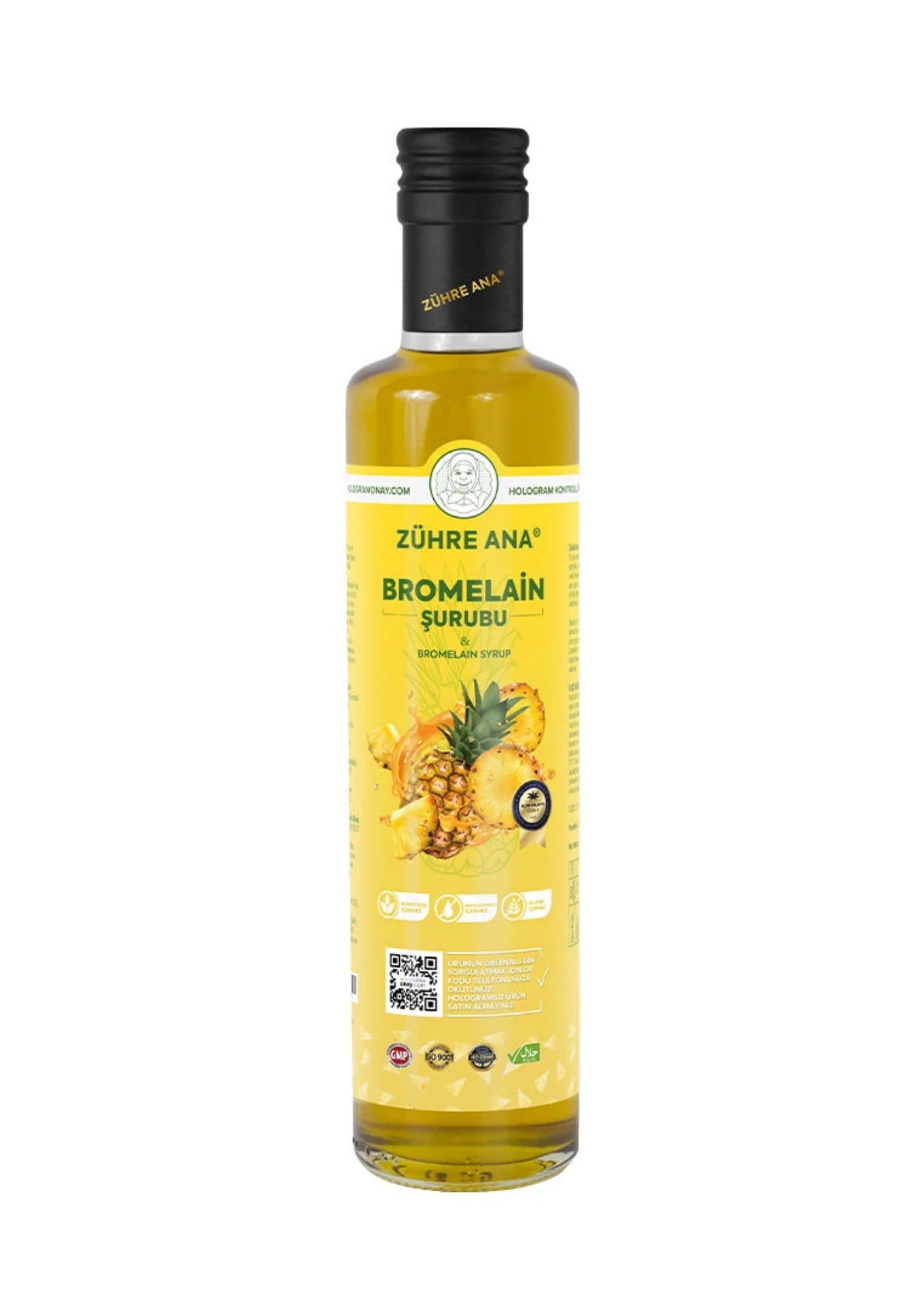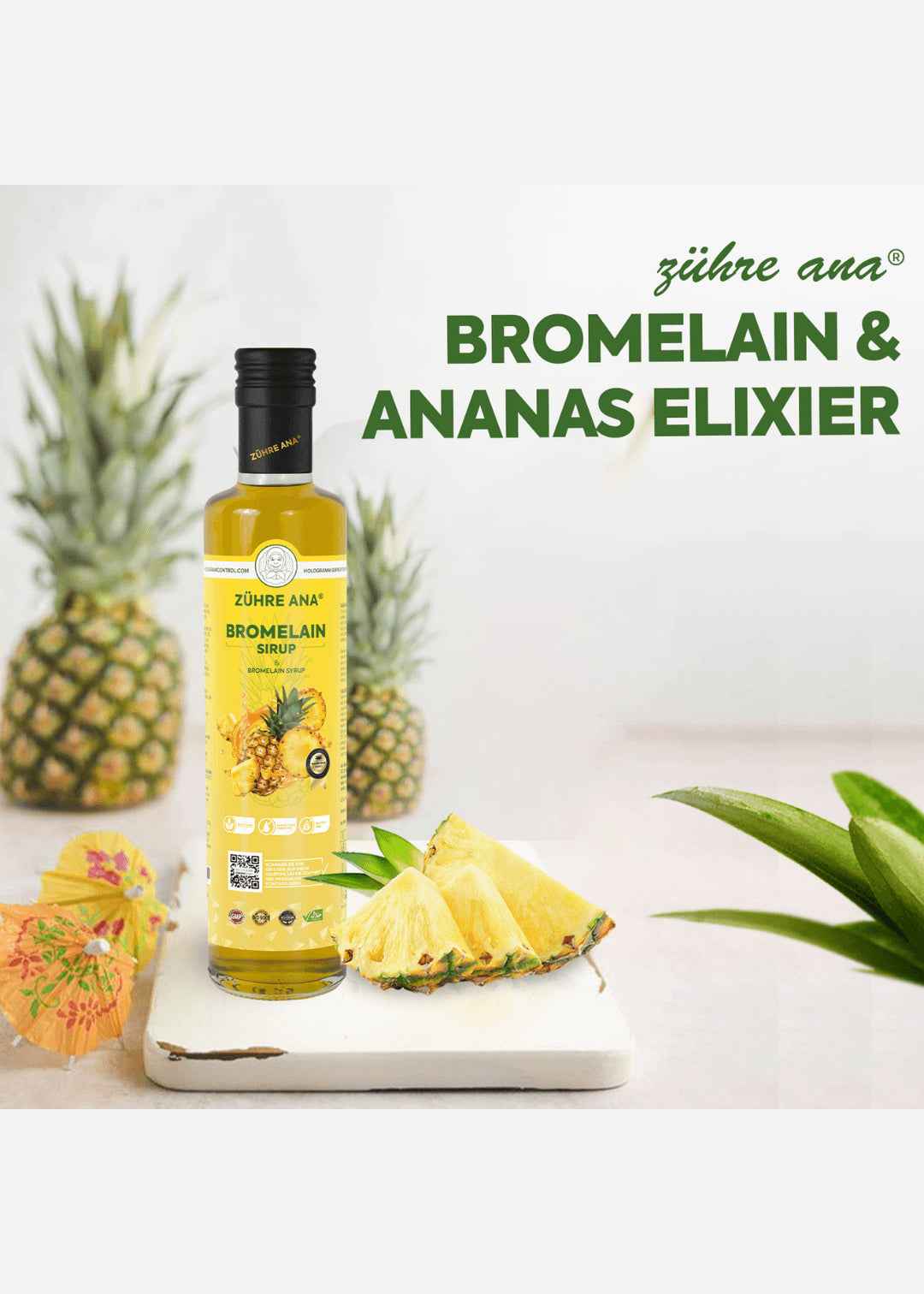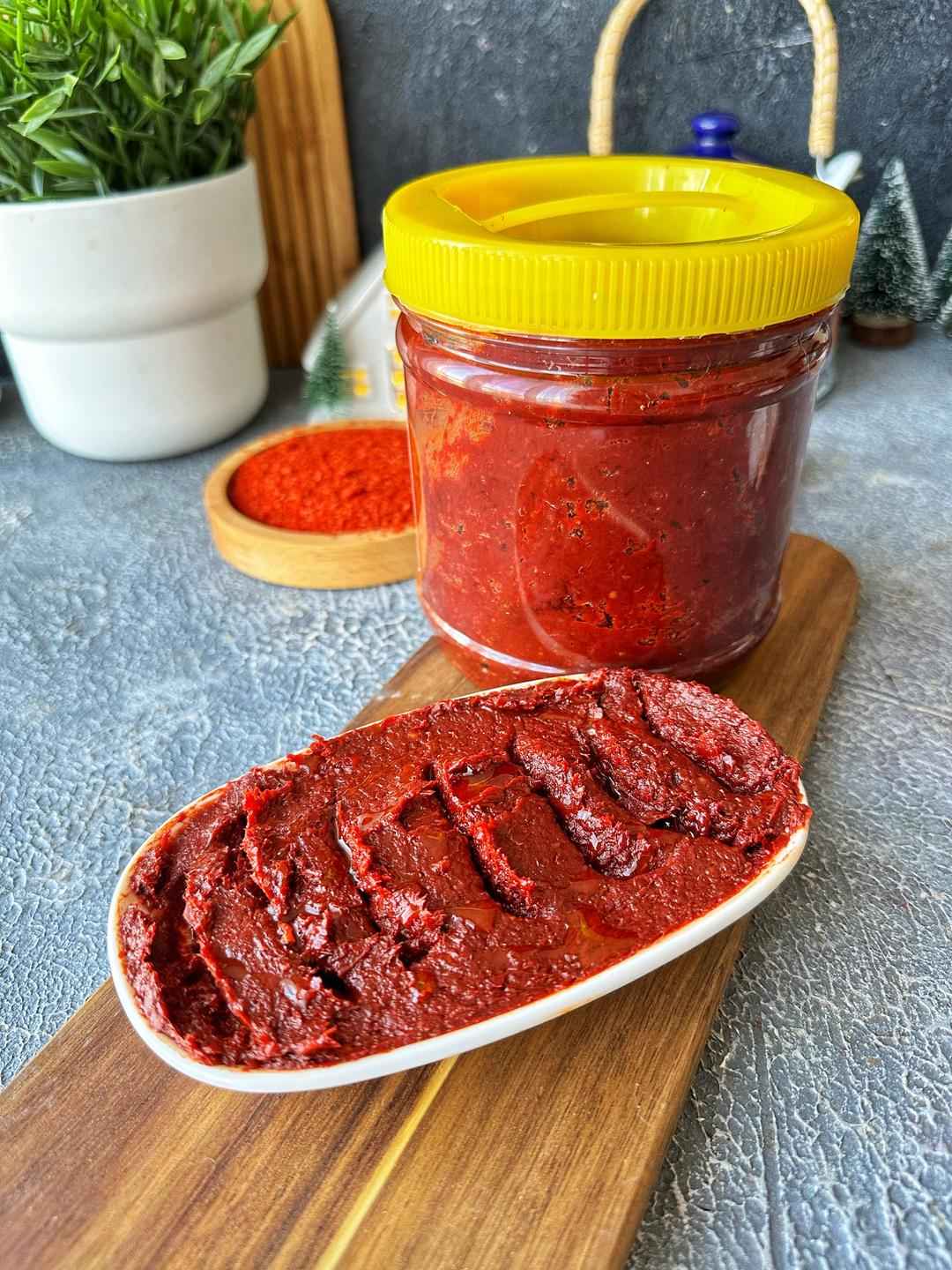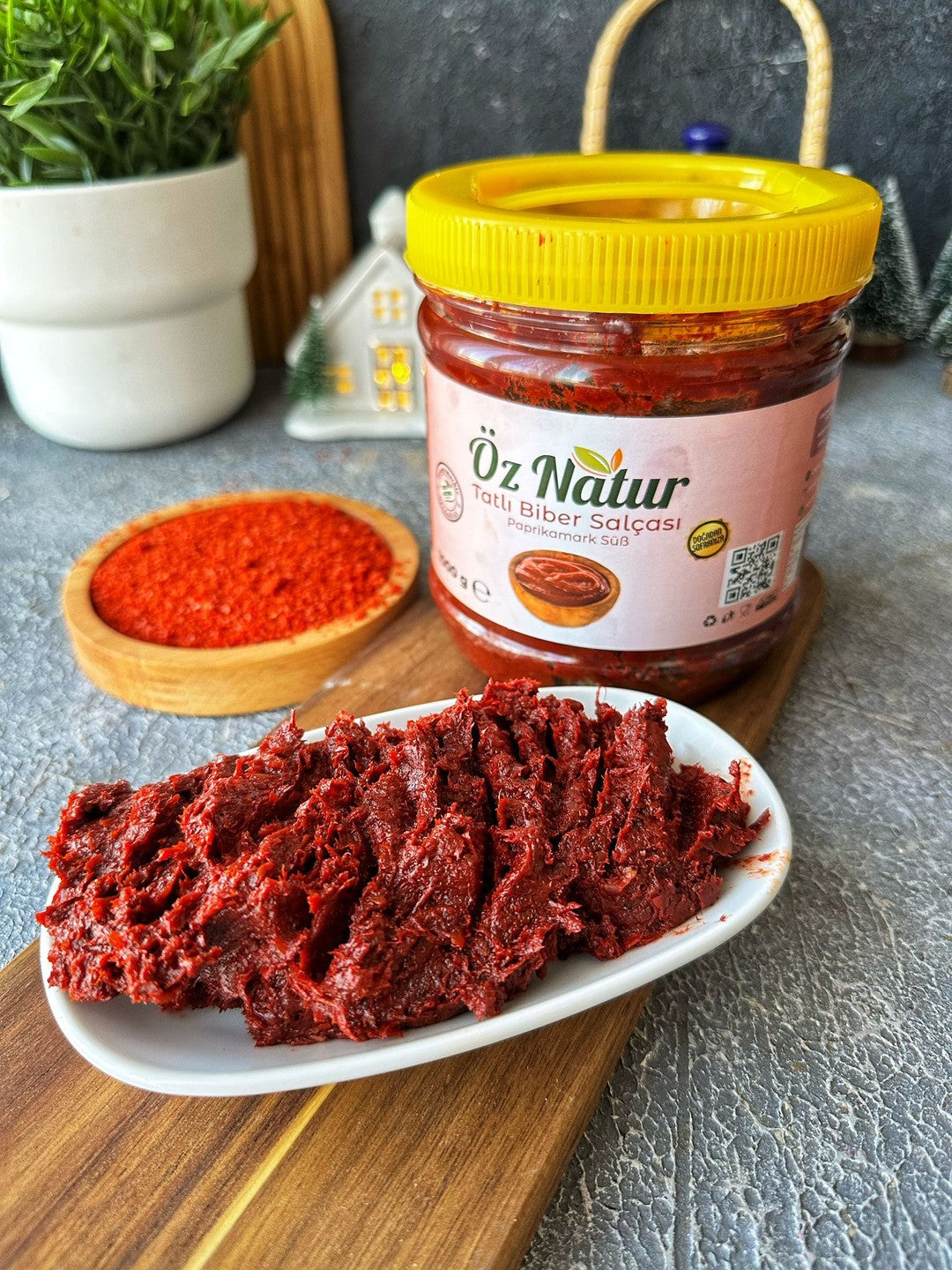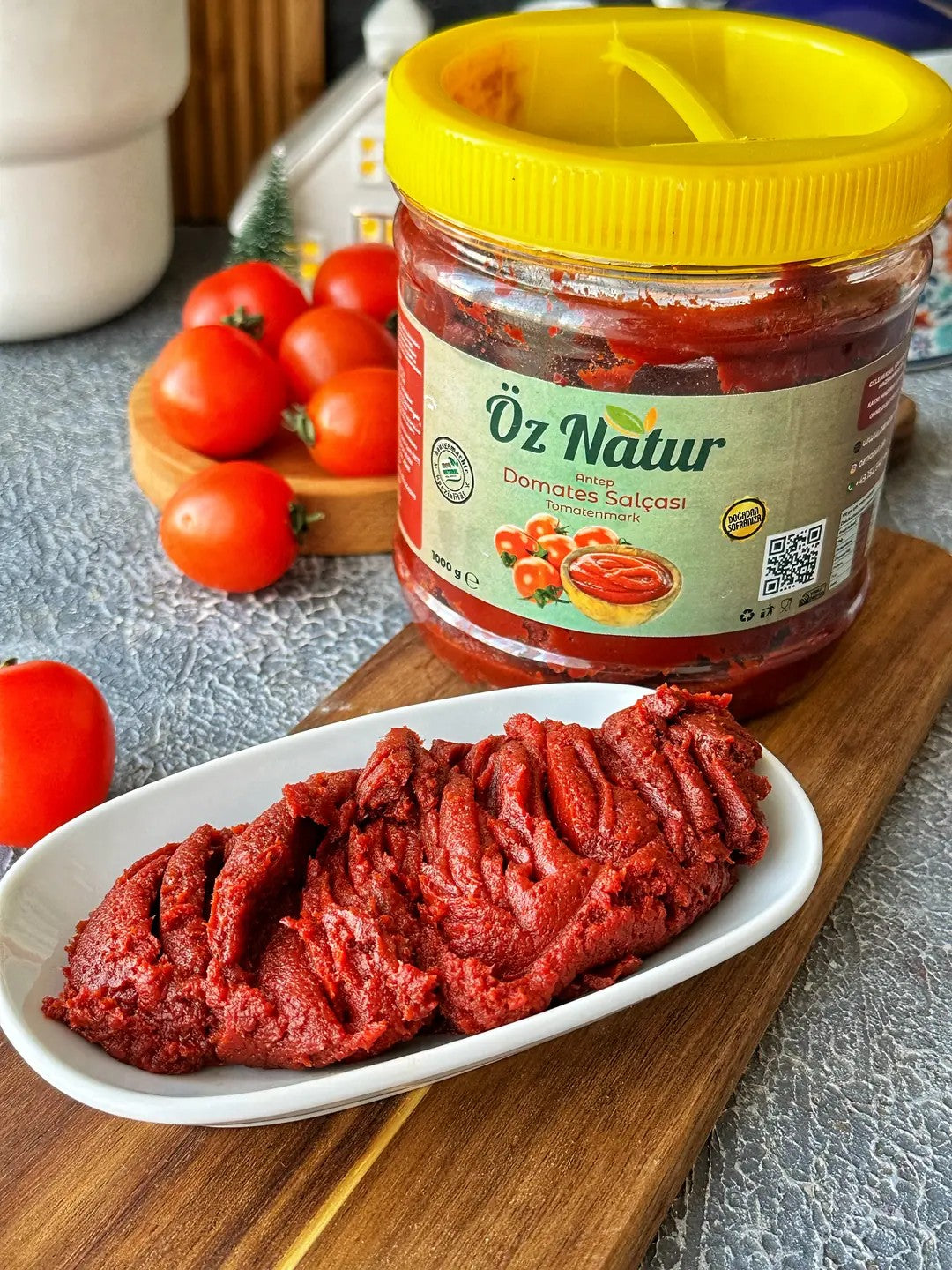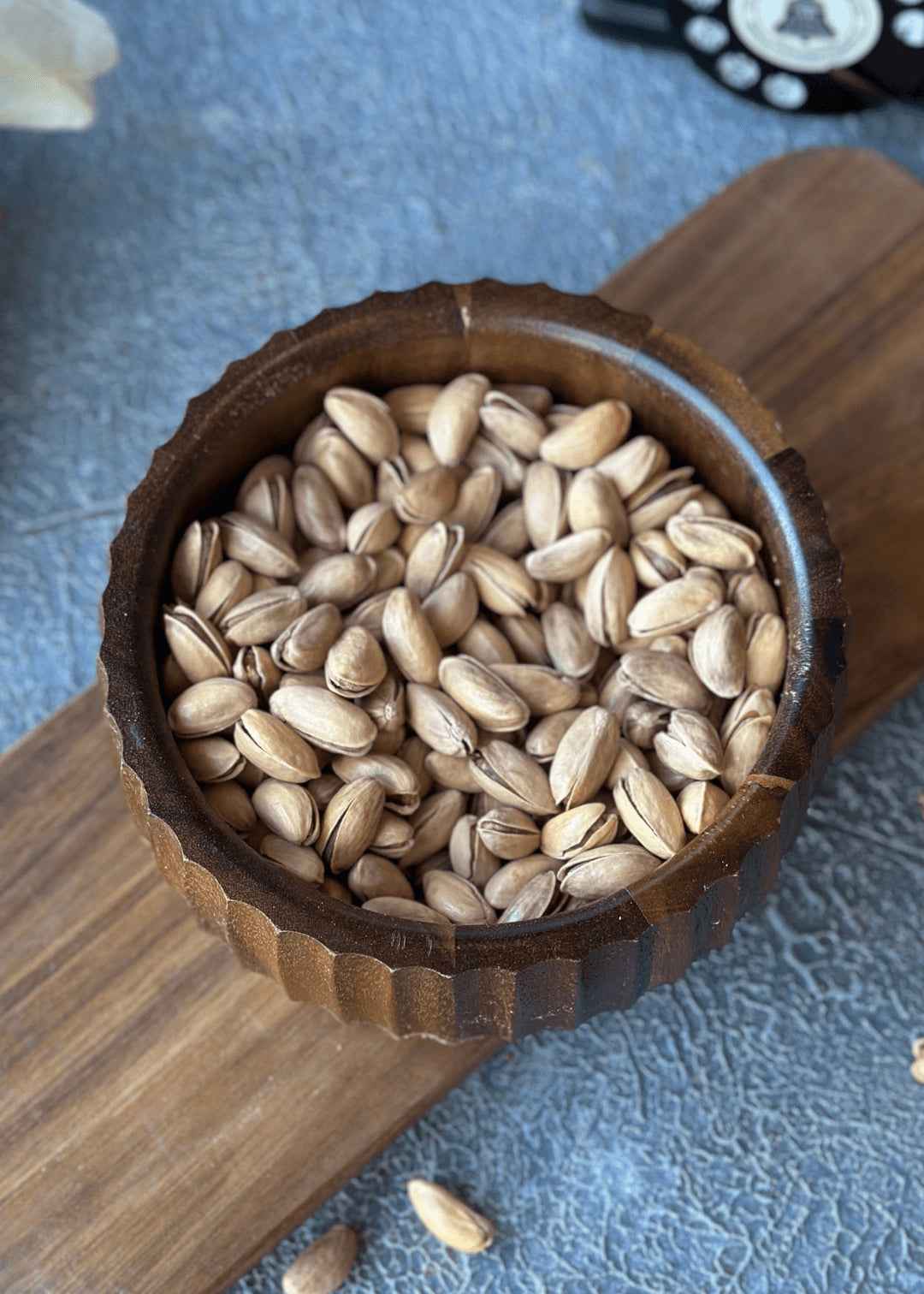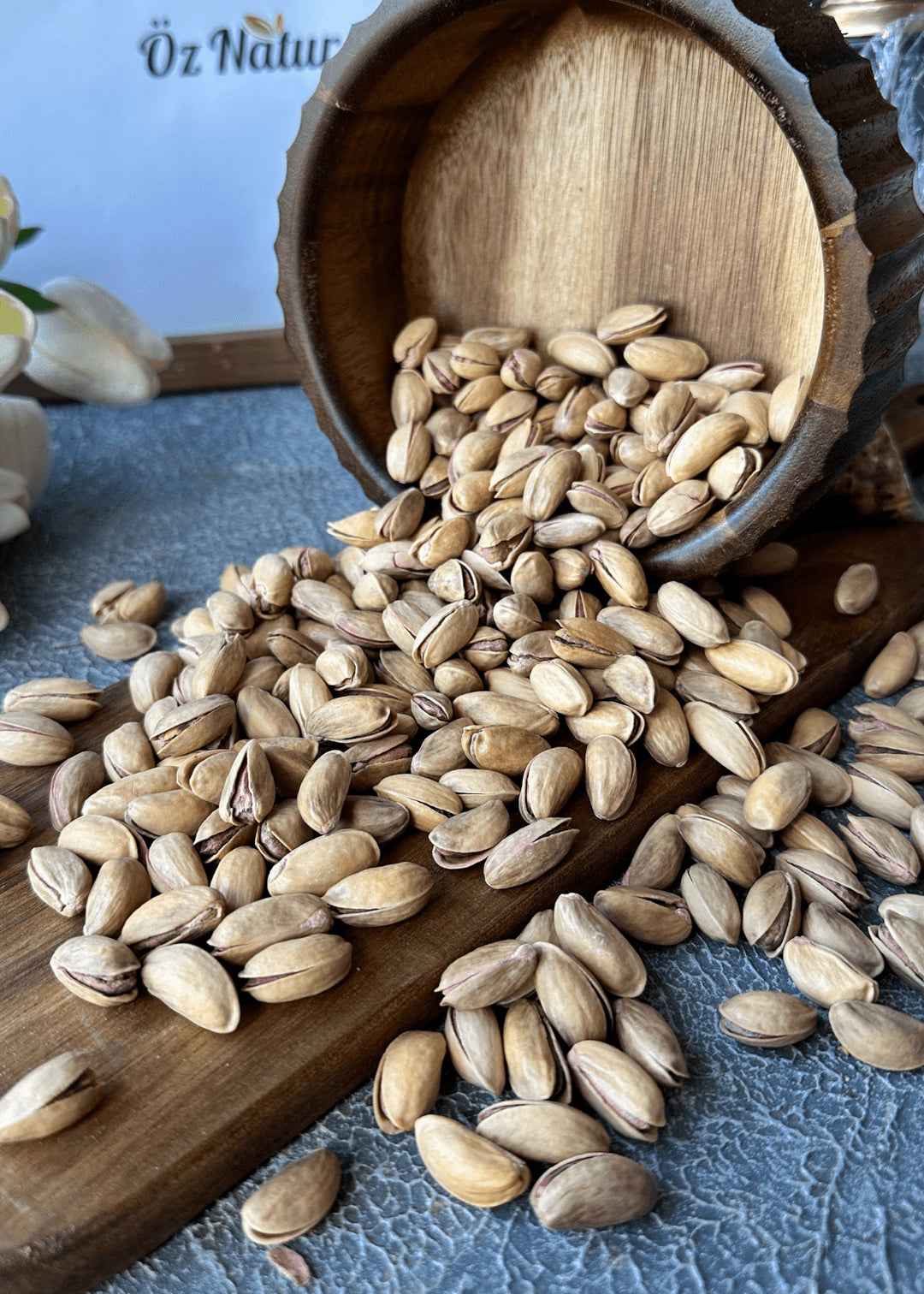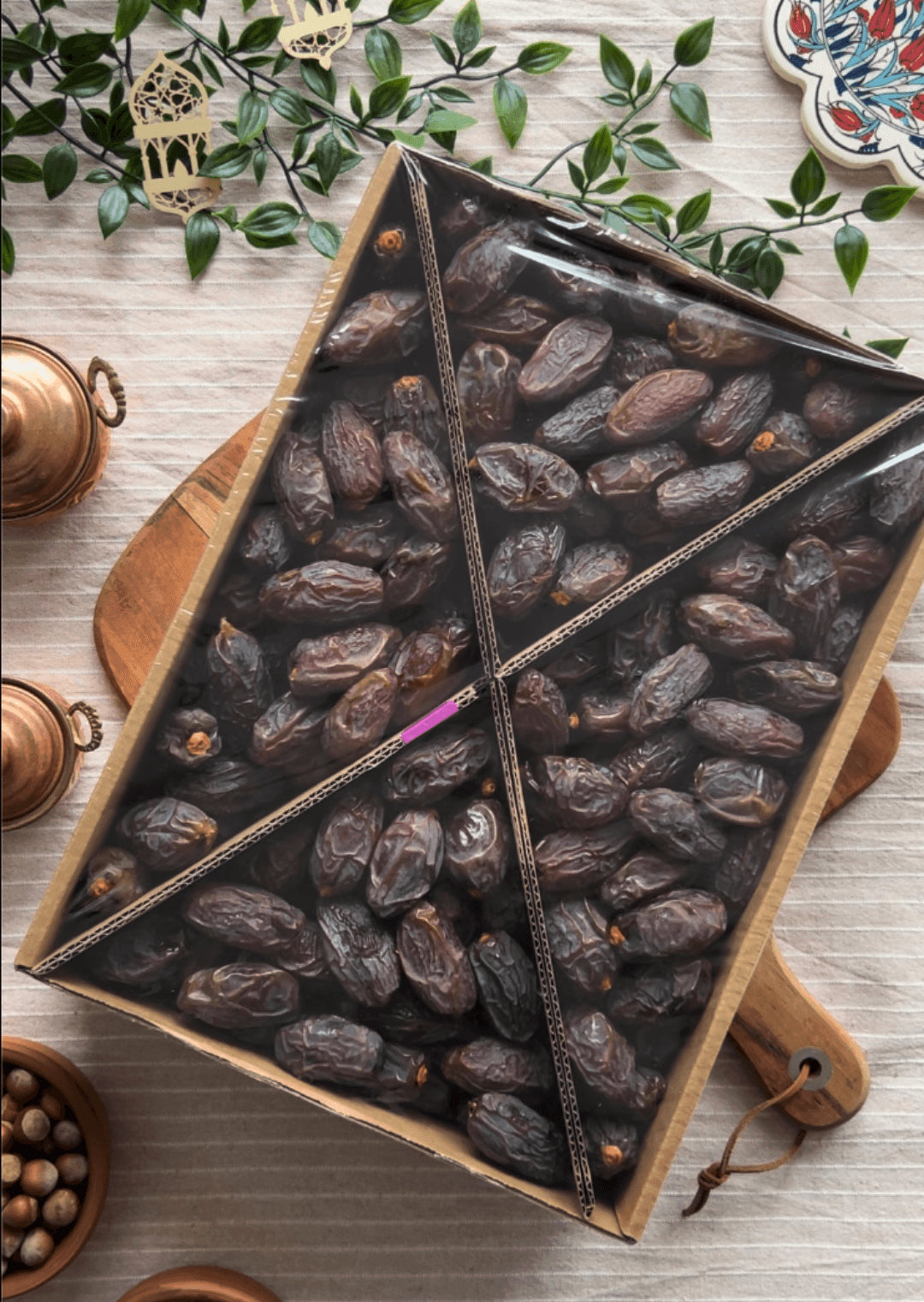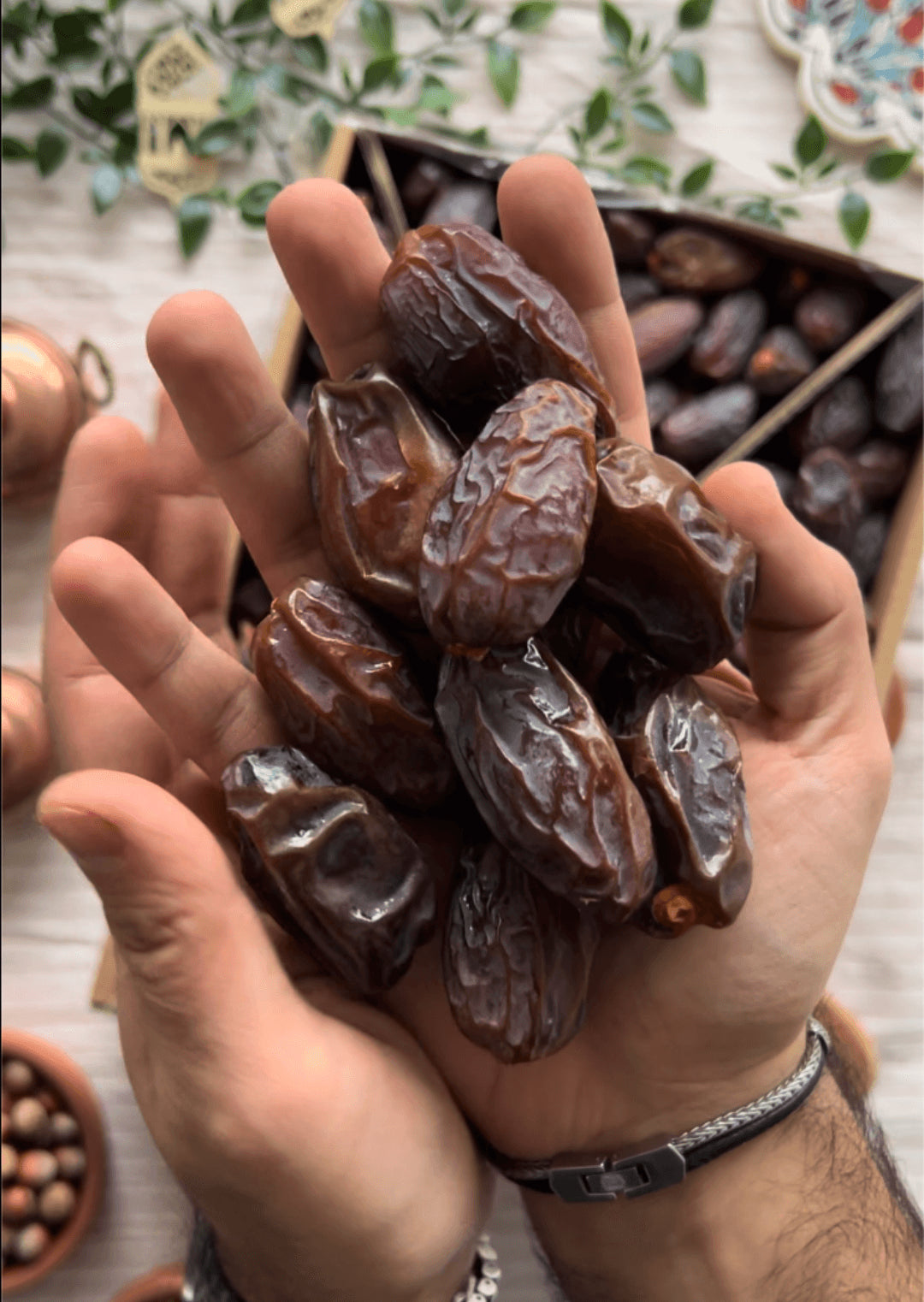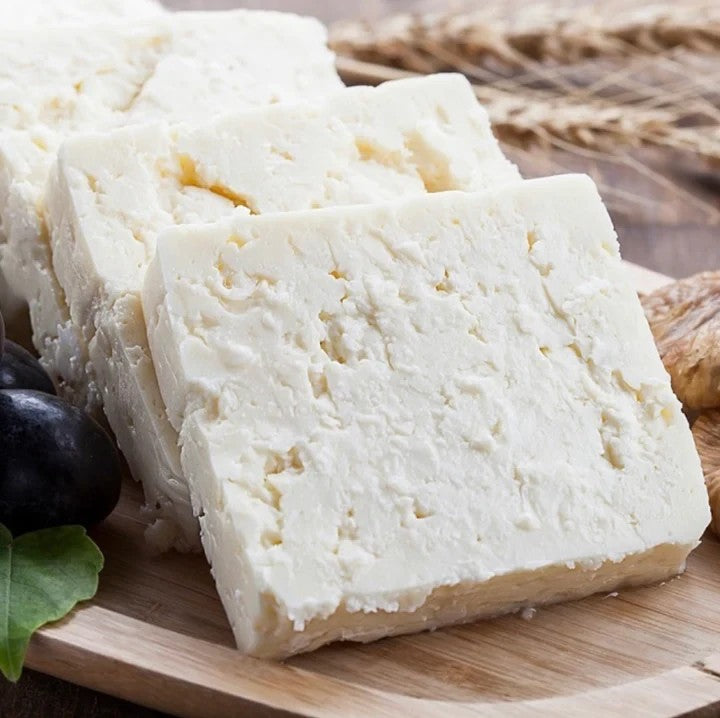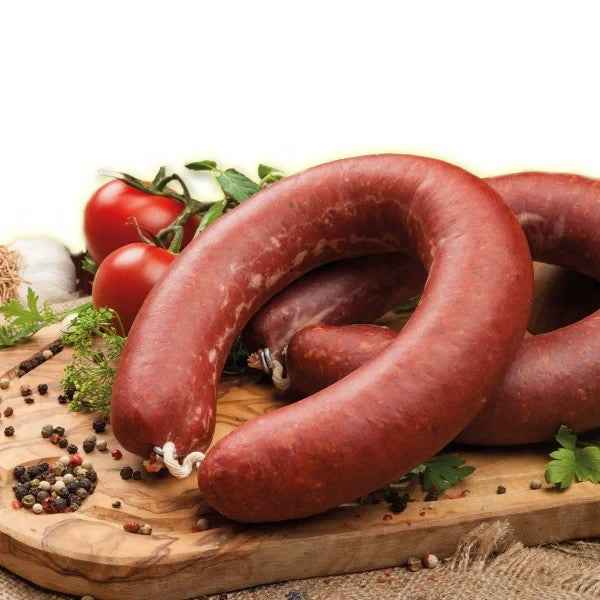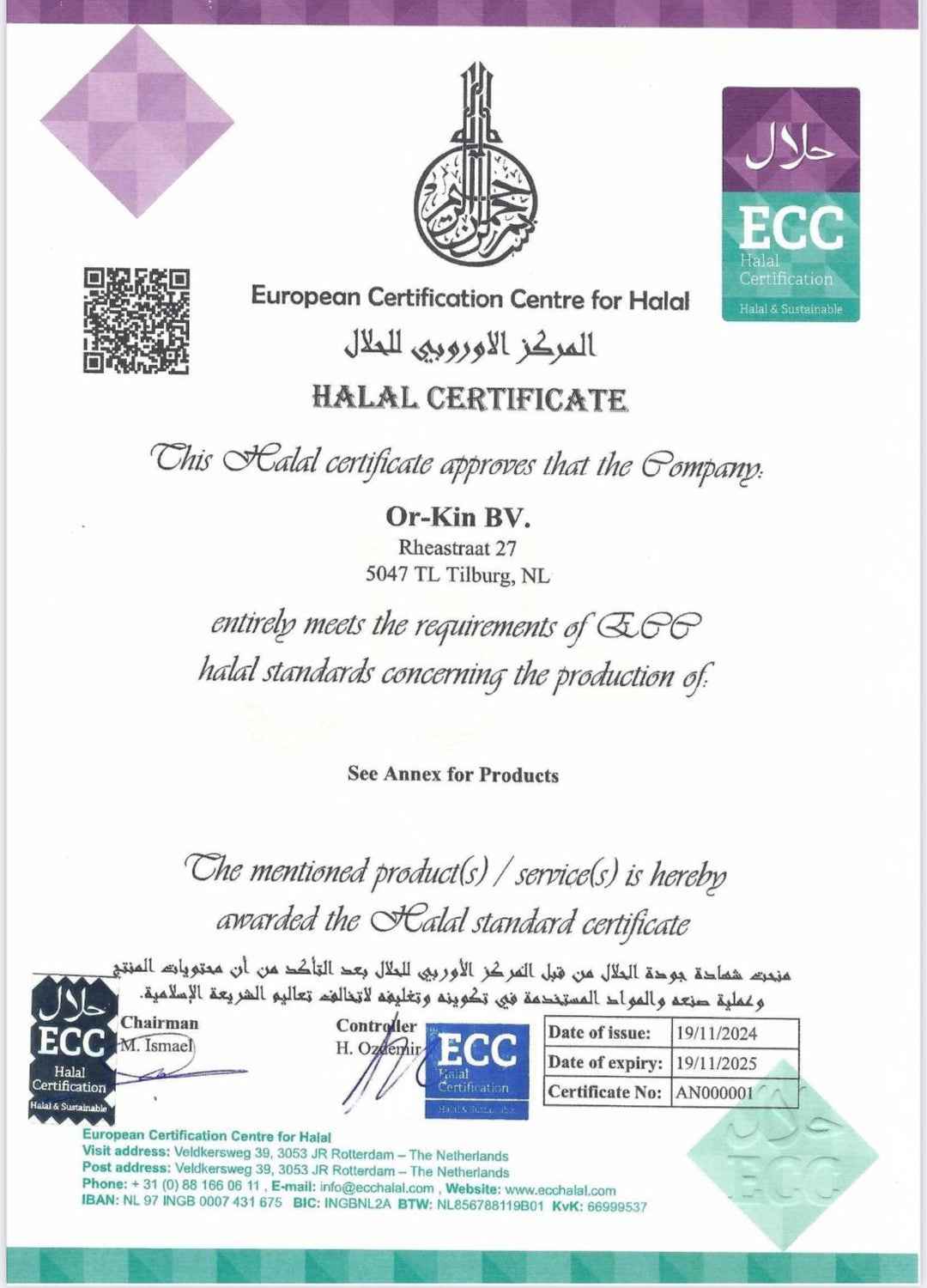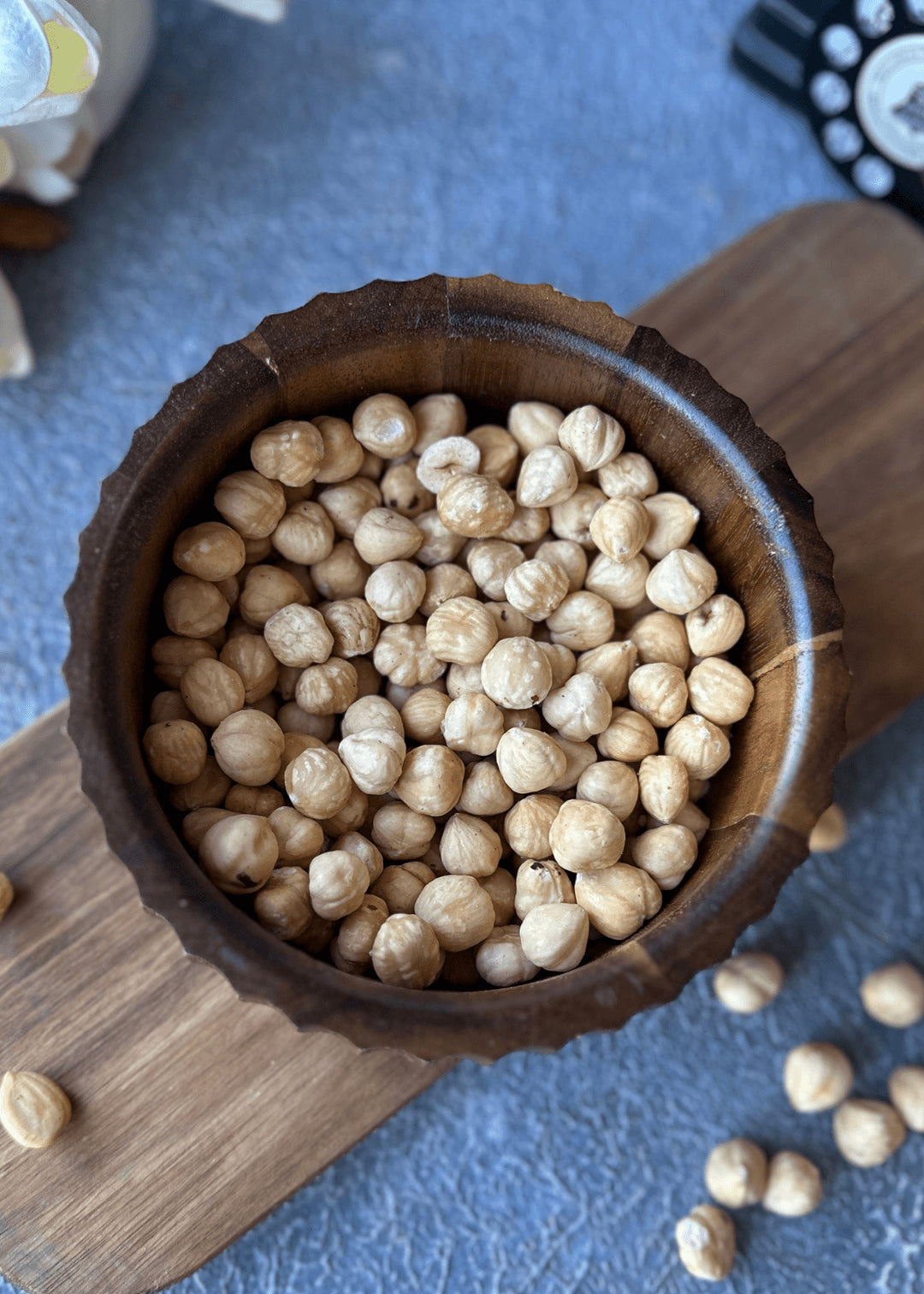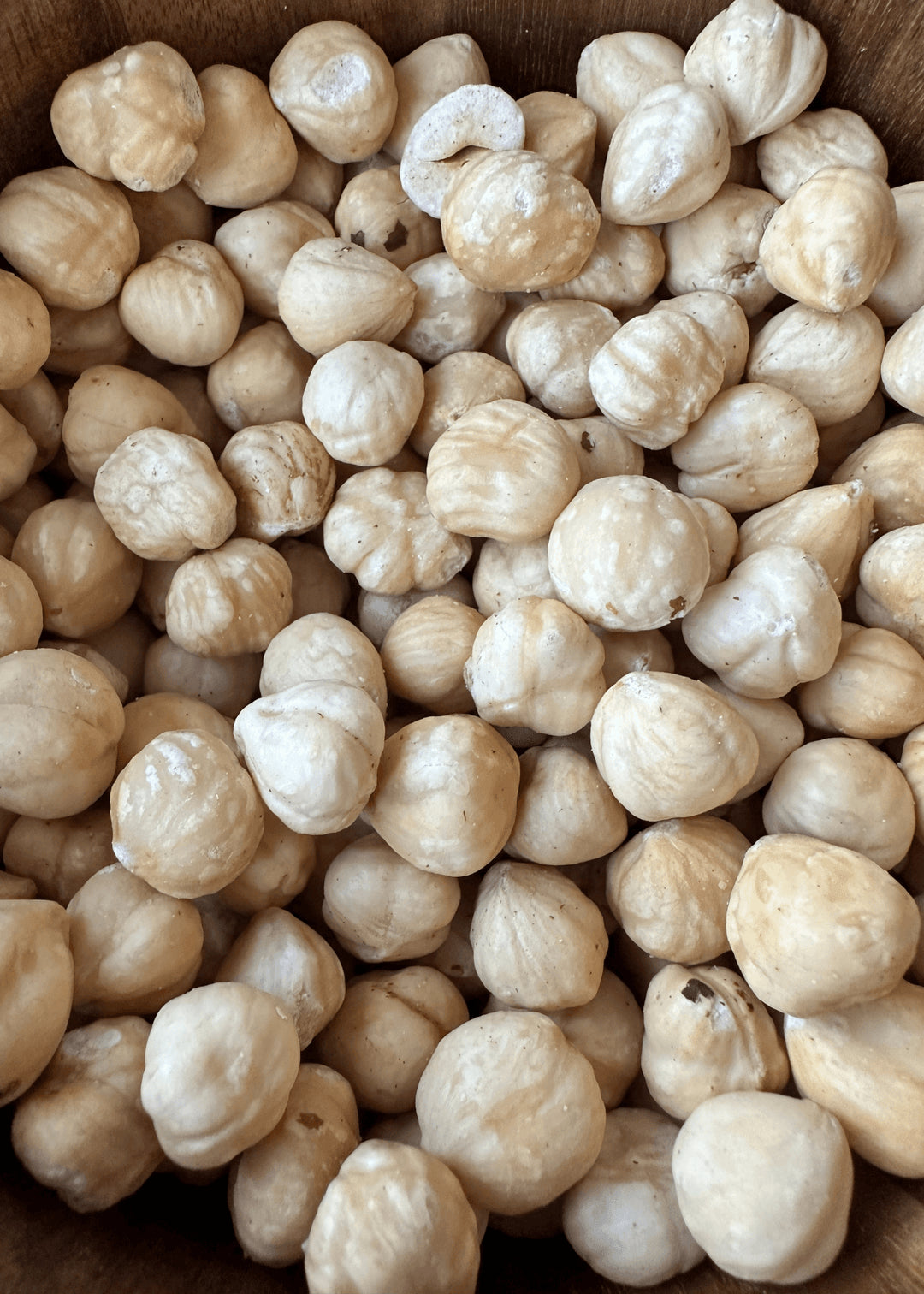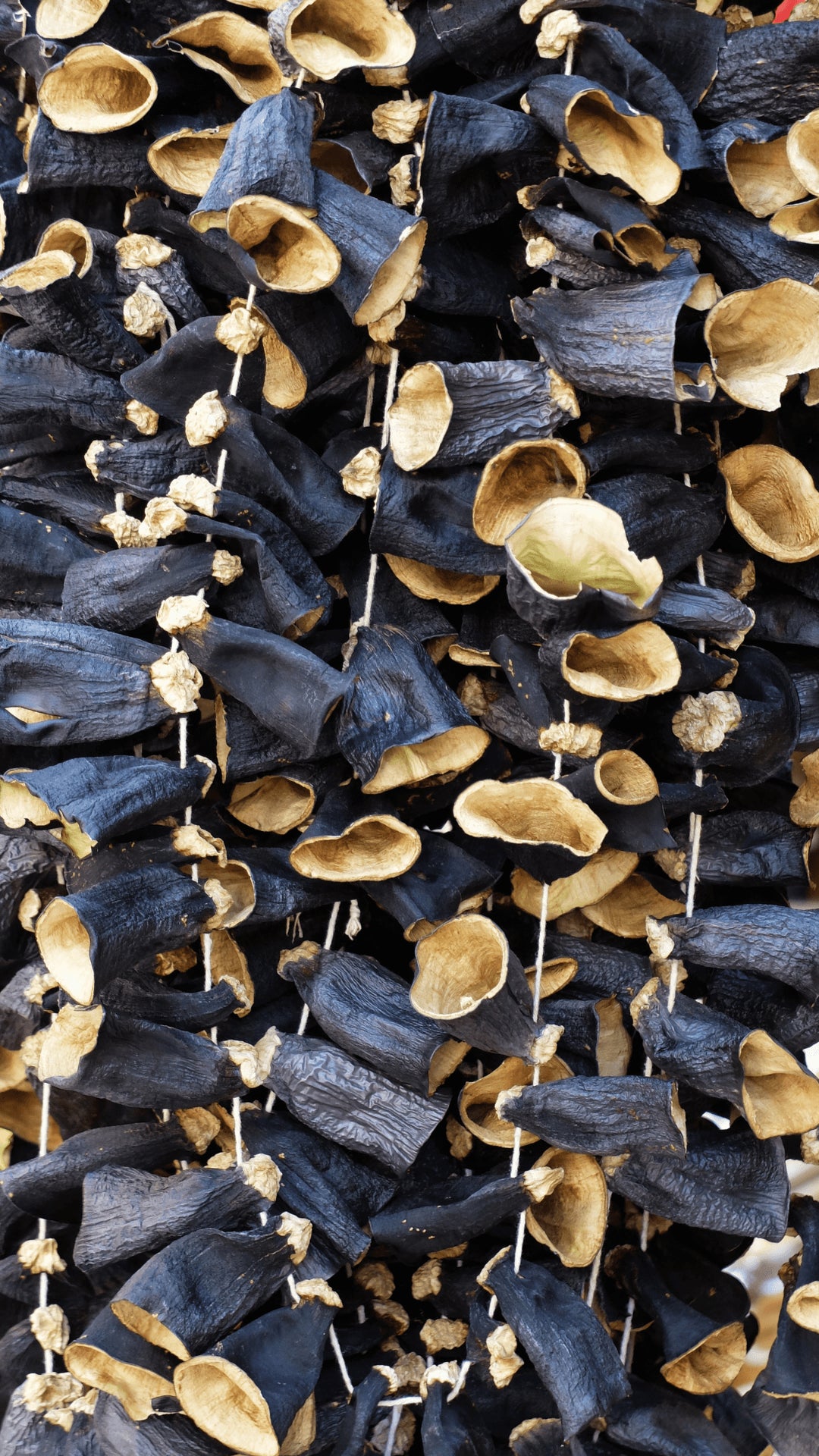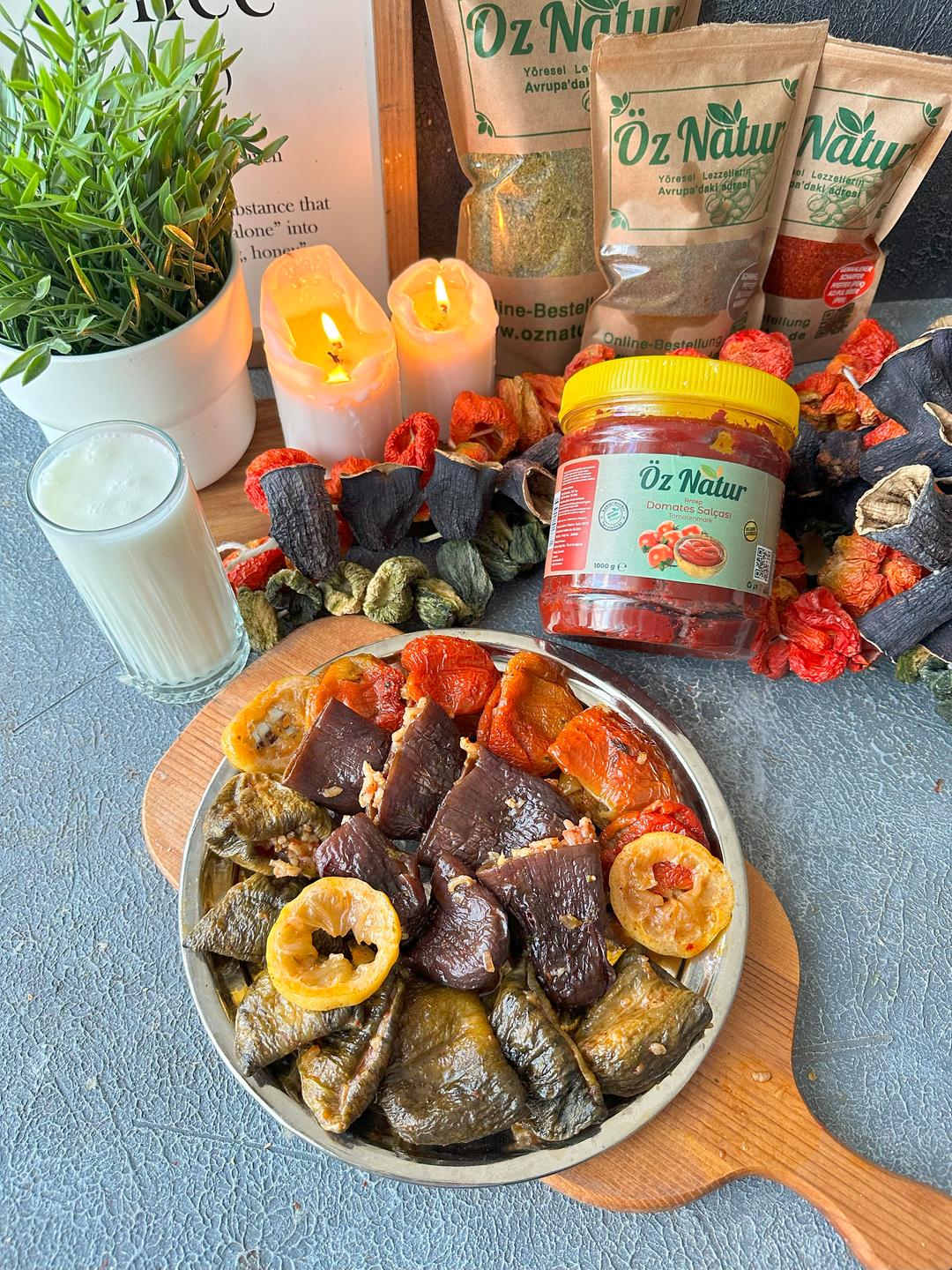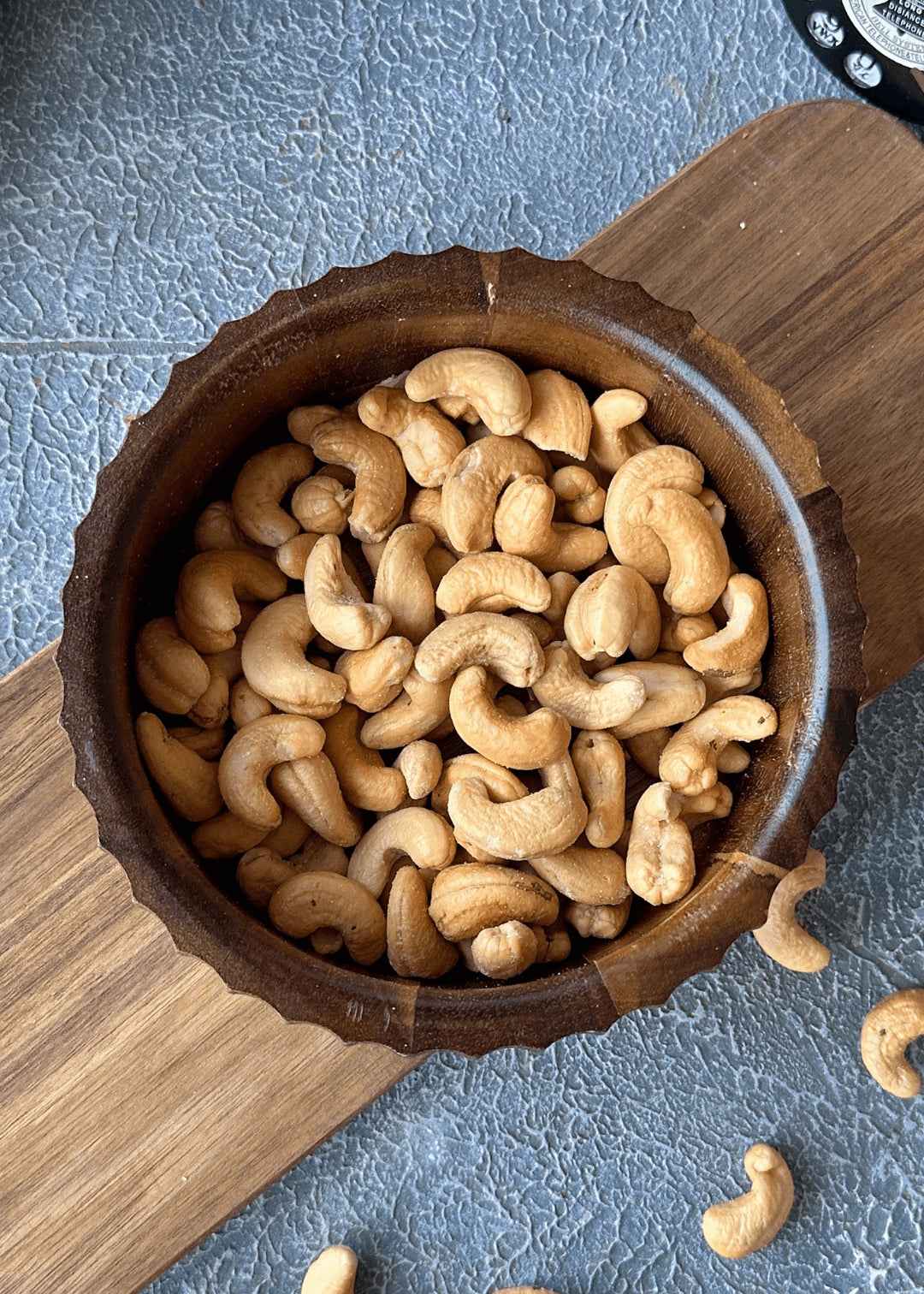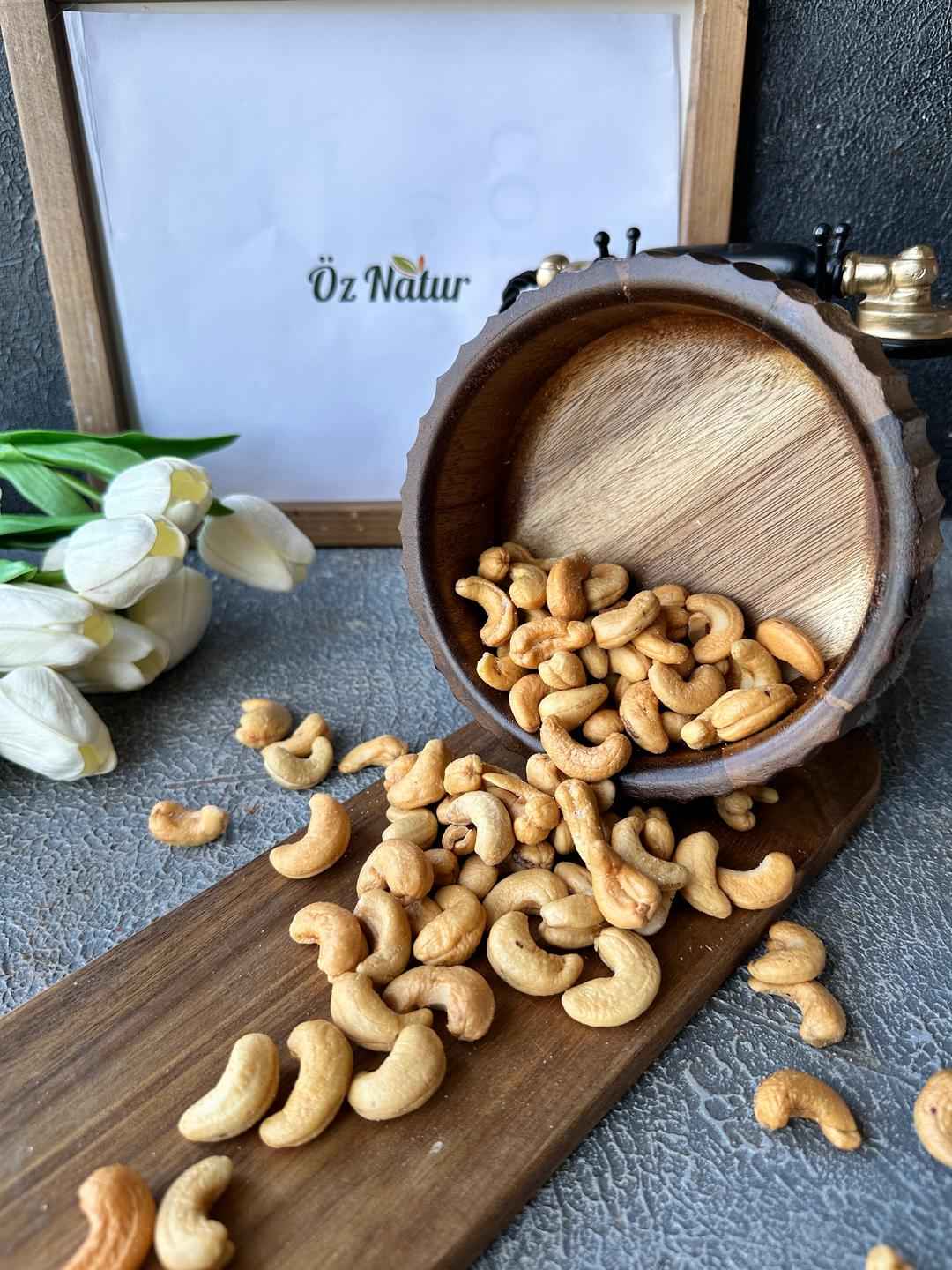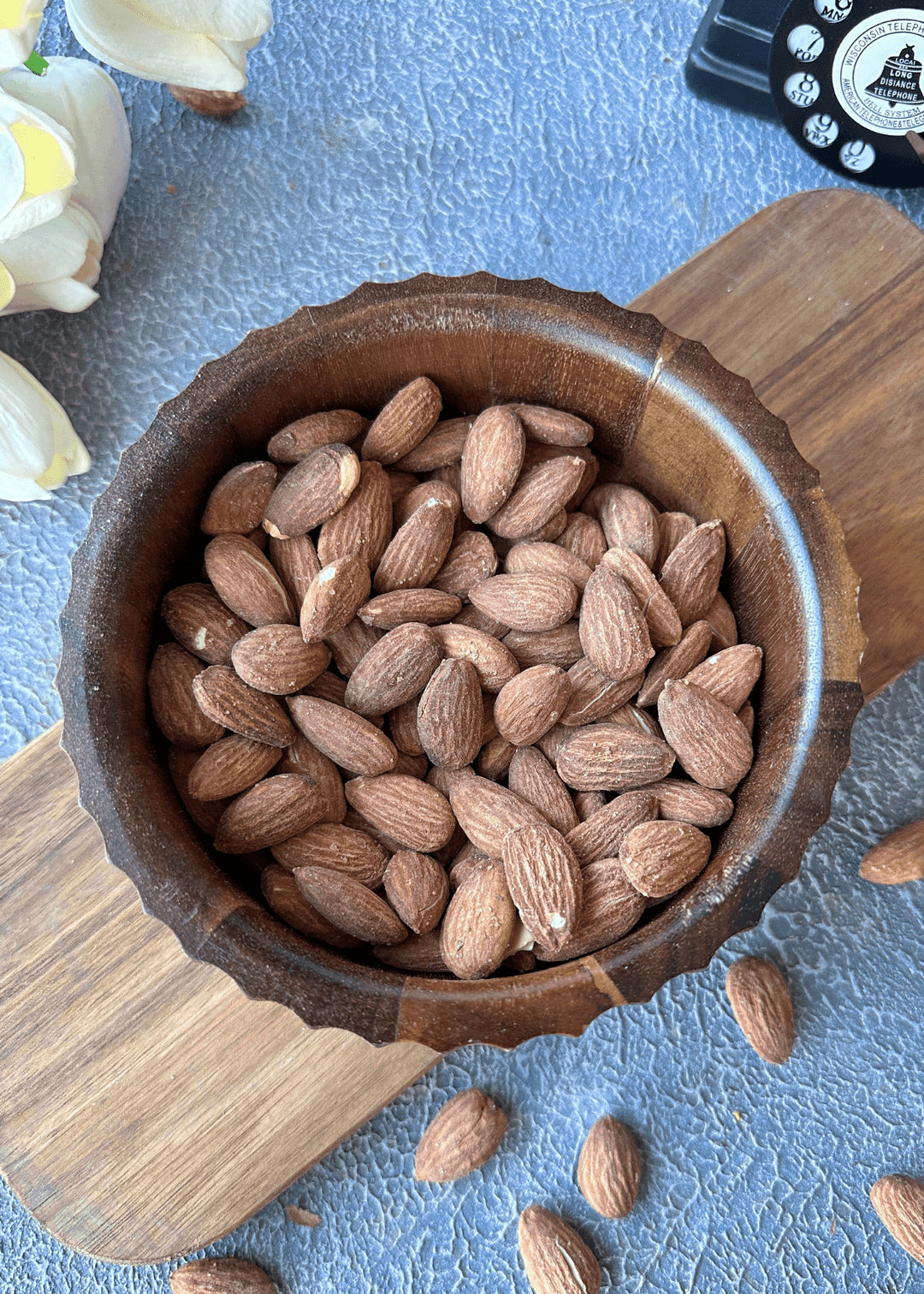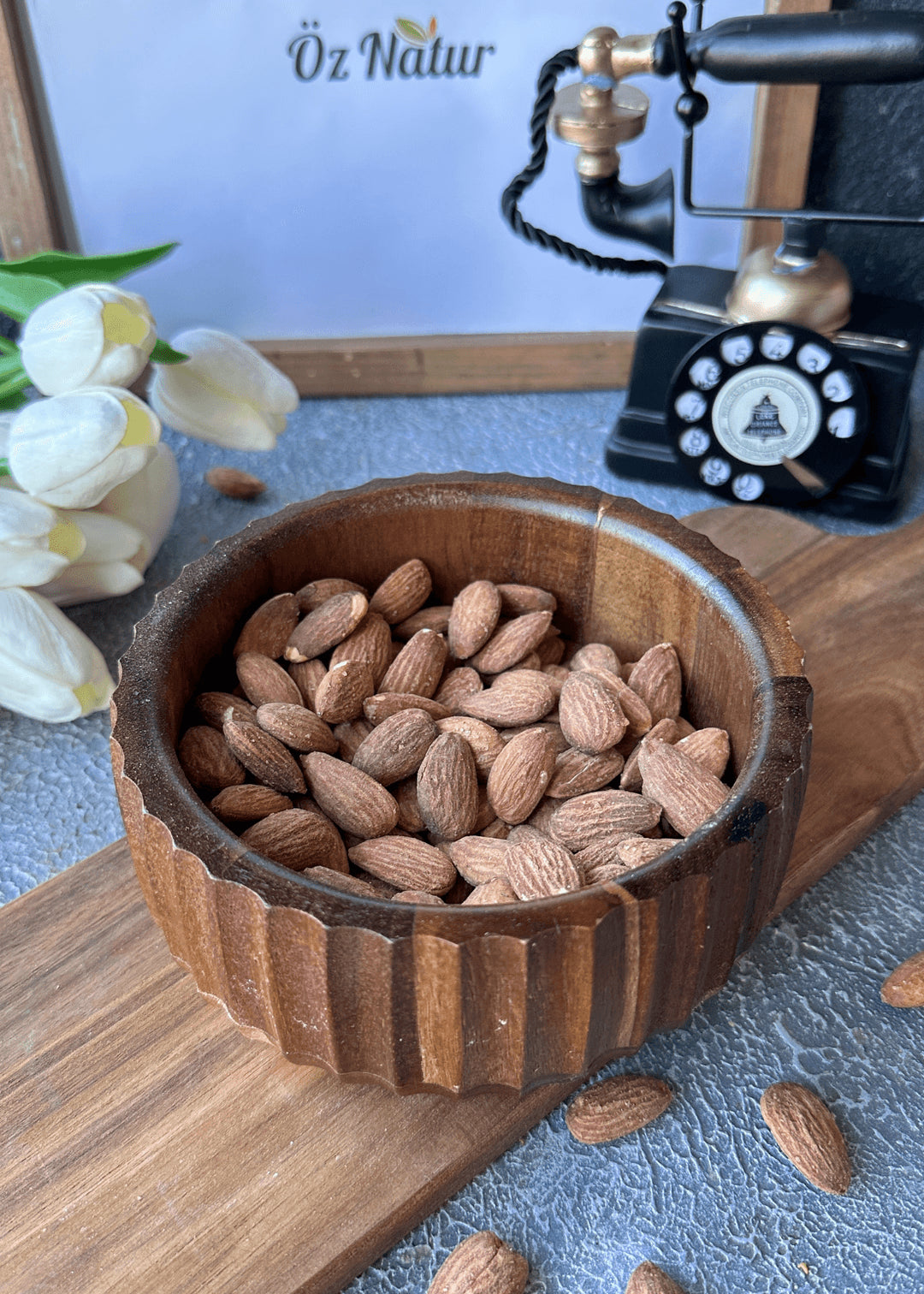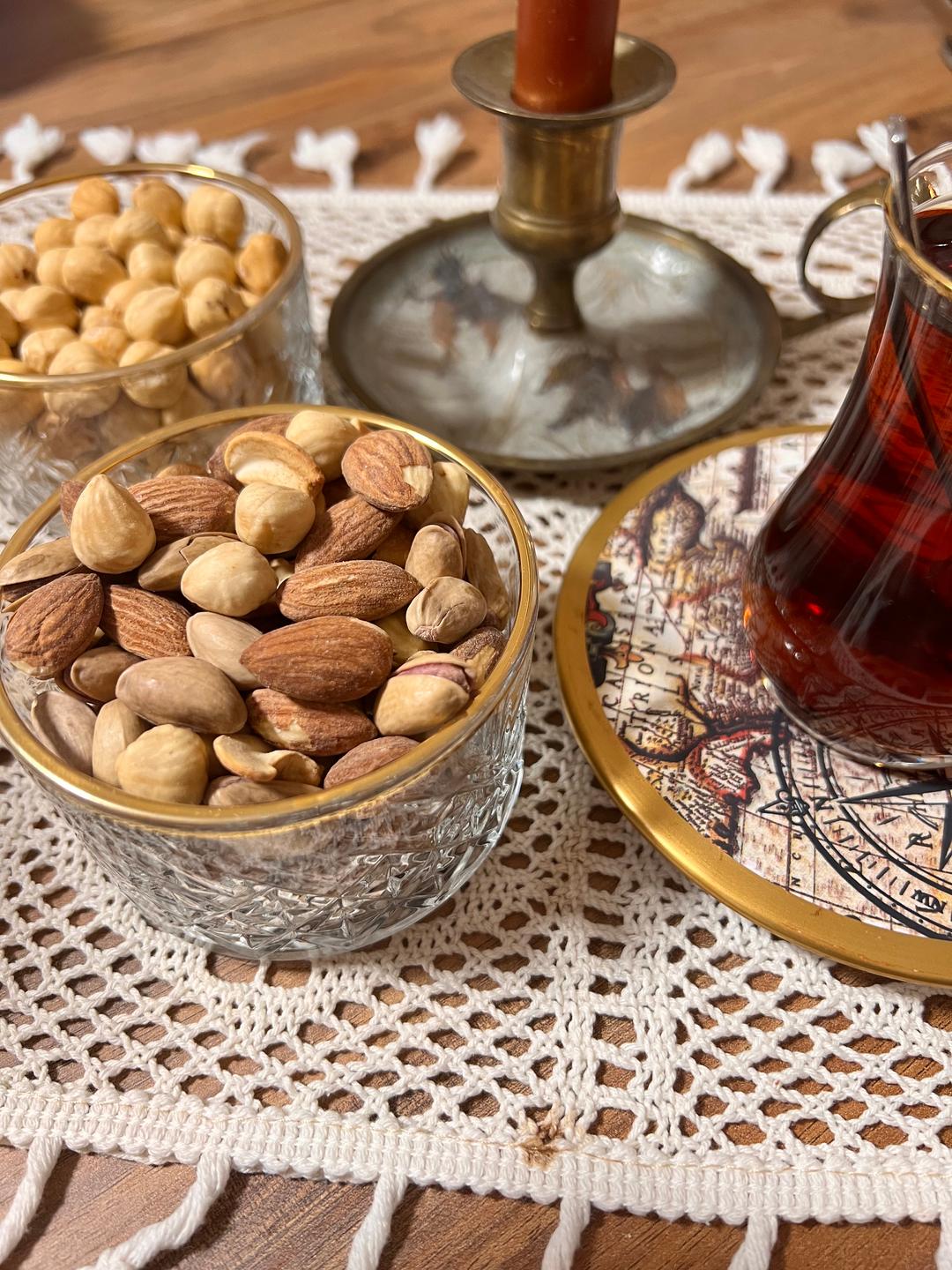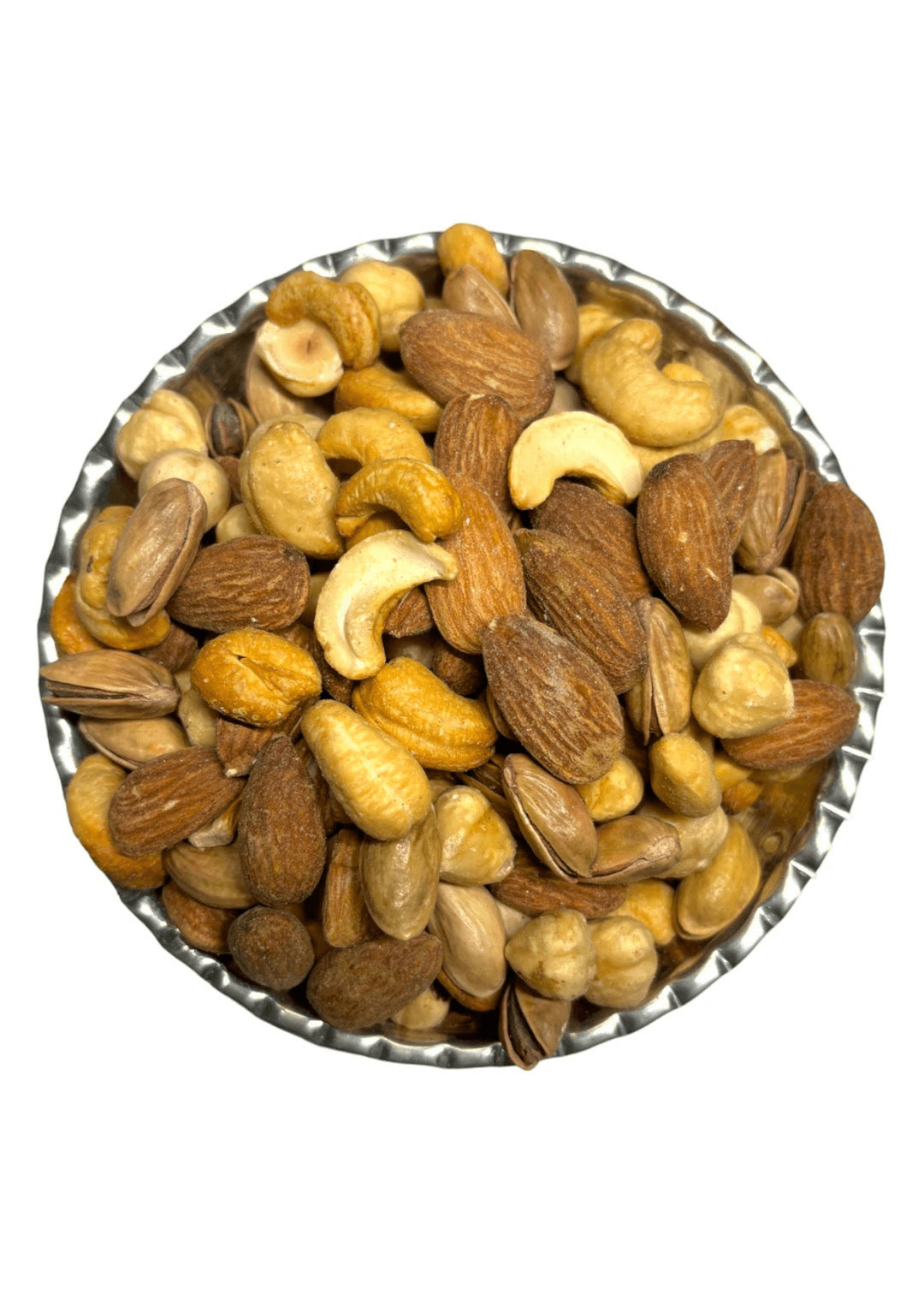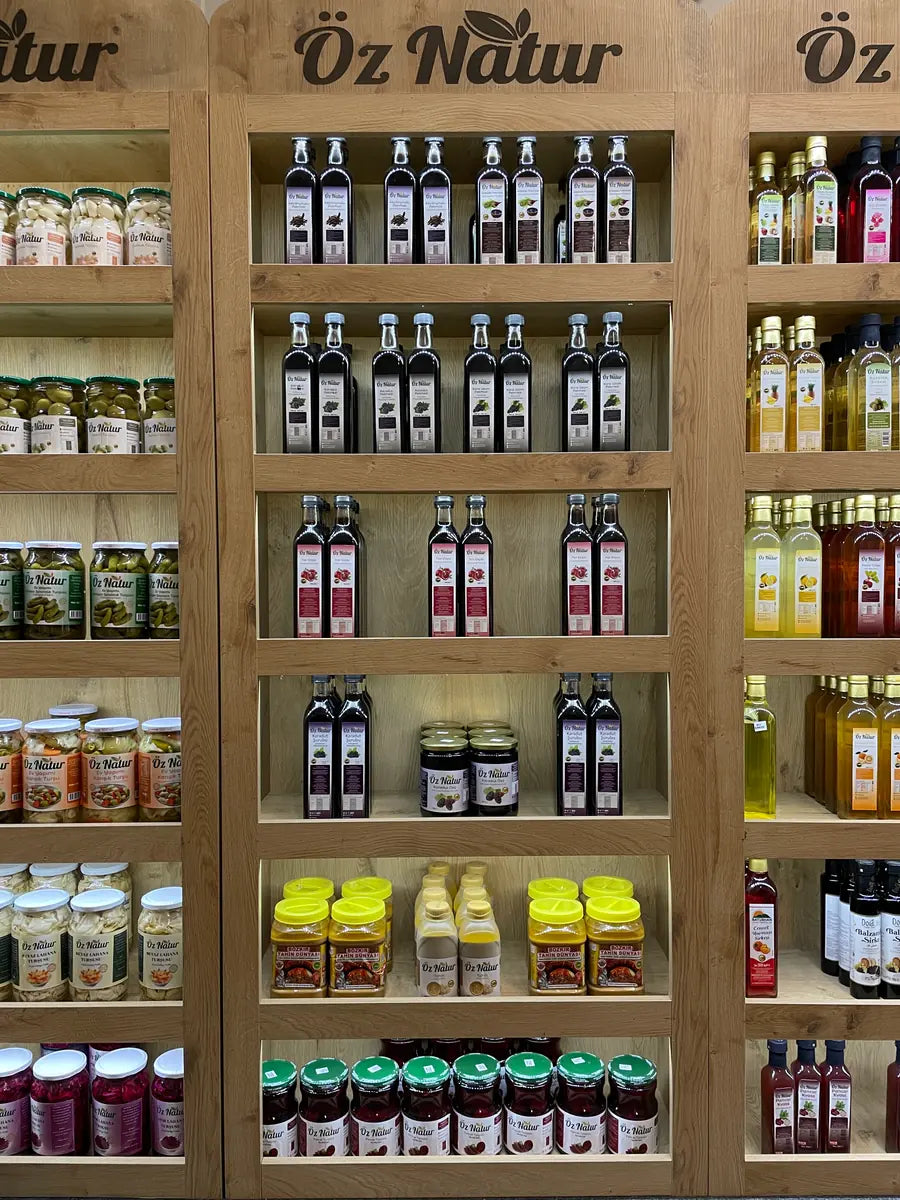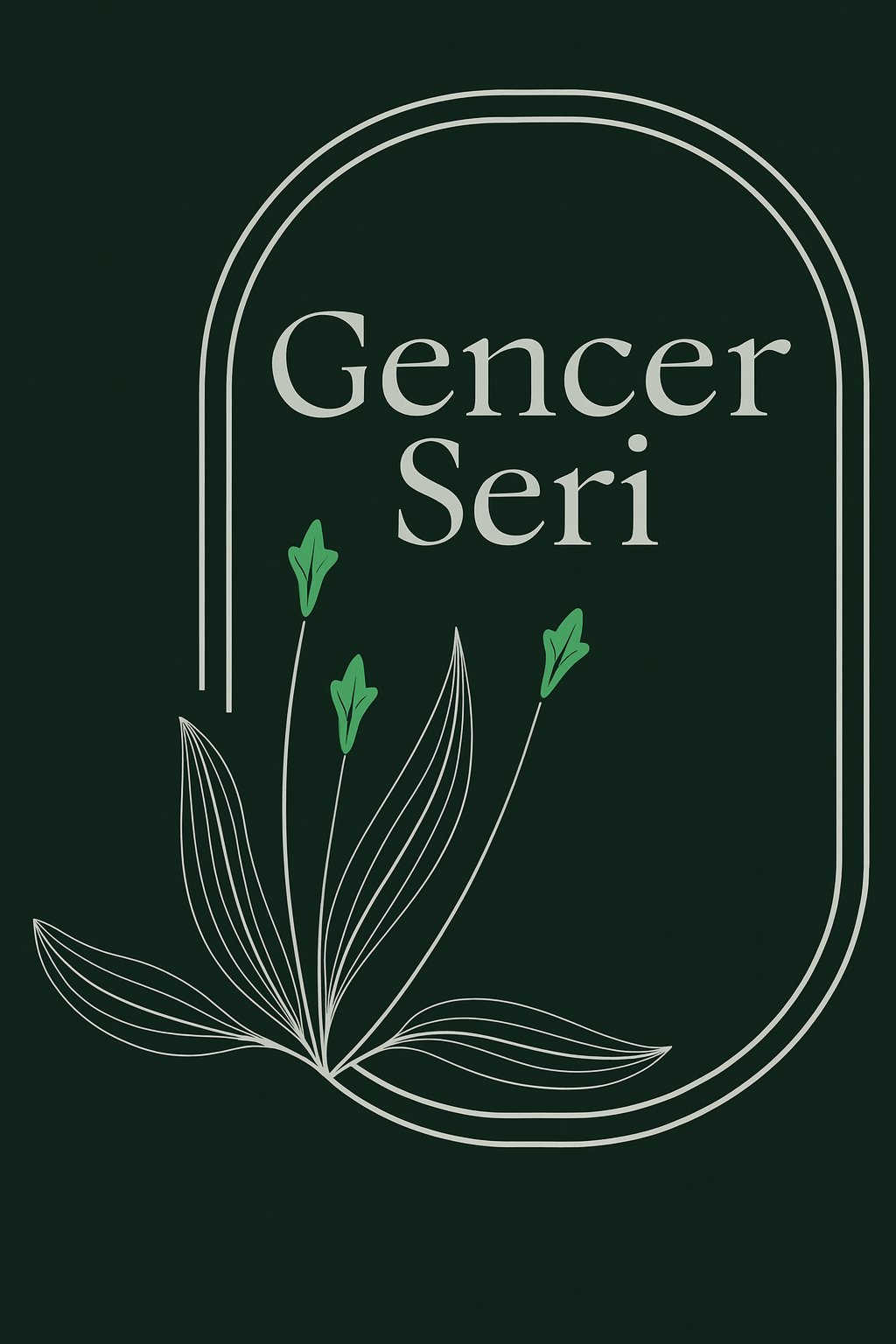A cinnamon stick is a dried, rolled piece of bark from the cinnamon tree. It is one of the oldest and most widely used spices in the world. While it’s especially popular in Asian and Middle Eastern cuisines, it also plays a key role in European recipes, especially during the winter season.
Cinnamon sticks differ from ground cinnamon in both form and use. While ground cinnamon releases its flavour quickly, cinnamon sticks infuse more gradually, making them ideal for slow-cooked dishes and warm drinks.
Cinnamon sticks add not only flavour but also a decorative touch to dishes. They are often used in hot drinks like mulled wine or chai, as well as for table decoration. With proper storage, they retain their aroma for a long time.
The quality of a cinnamon stick depends on its origin, thickness, and the type of cinnamon tree. Ceylon cinnamon is considered finer and more delicate, while Cassia cinnamon is stronger and more common. Both are available in stick form but differ noticeably in taste.
Which Cinnamon Type Is Used for Cinnamon Sticks?
Cinnamon sticks can be made from either the Ceylon or Cassia cinnamon tree. These are the two most widely known types, and they differ in taste, appearance, and chemical composition. Ceylon cinnamon is often referred to as "true cinnamon."
Ceylon cinnamon has a lighter colour, thinner layers, and a mild, slightly sweet taste. Because of its low coumarin content, it is considered healthier and is preferred in gourmet kitchens. Its popularity is growing in Europe.
Cassia cinnamon is darker, thicker, and has a more intense flavour. It is more affordable and widely used in mass-produced goods like bakery products or spice blends. As a stick, it is sturdier and harder to break.
Both varieties are sold as sticks, but it's worth checking which type you're buying. If you prioritise health and subtle flavour, Ceylon cinnamon sticks are the better choice.
How Is a Cinnamon Stick Produced?
The production of cinnamon sticks begins by harvesting the bark from cinnamon trees. The outer bark is scraped off, and the inner aromatic layer is removed in long strips. These strips naturally curl up during drying.
After peeling, the cinnamon strips are dried in the shade for several days. The drying process is essential to develop the aroma and ensure the sticks don’t crack or lose quality.
In traditional growing regions like Sri Lanka or Indonesia, cinnamon production is mostly manual. This ensures a gentle process and high-quality outcome, especially in the case of Ceylon cinnamon.
Once dried, the sticks are cut, sorted, and packaged for export. They are typically sold in airtight packaging to preserve their distinctive scent and flavour.
Should Cinnamon Sticks Be Ground or Used Whole?
Cinnamon sticks can be used either whole or ground, depending on the recipe. In drinks like tea or mulled wine, they are often simmered whole to release their flavour slowly.
For baking or cooking where even distribution of flavour is key, cinnamon sticks are ground first. This can be done using a spice grinder or mortar and pestle, allowing more precise flavour control.
In Middle Eastern and Indian cuisines, cinnamon sticks are commonly cooked with the dish and then removed before serving. This adds depth without overpowering the dish.


